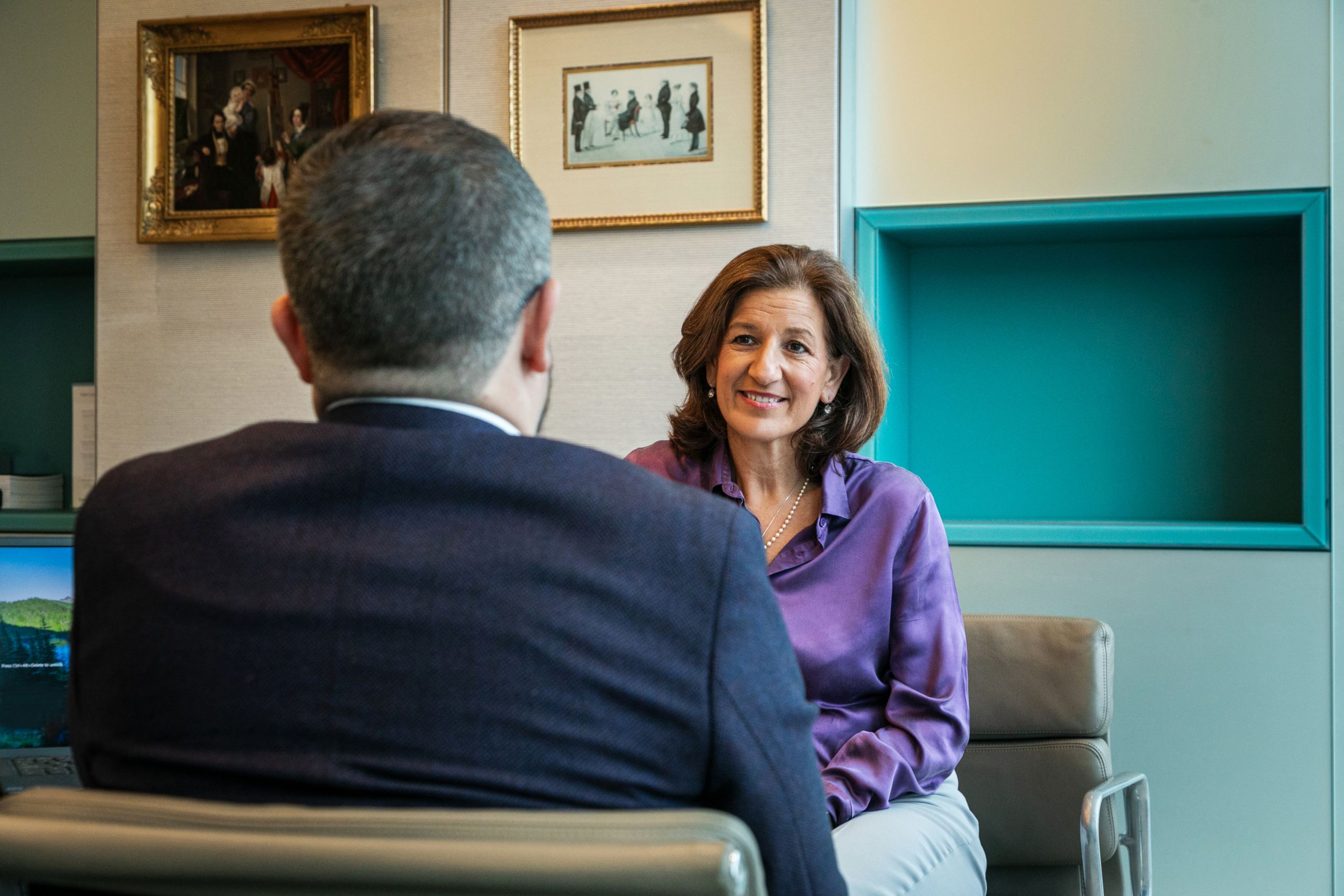 Photo Credit: Suzanne Fells
Photo Credit: Suzanne Fells
In a world saturated with instant messages, virtual meetings and online updates, something essential is quietly slipping away, our sense of connection. We are more digitally linked than ever before, yet many leaders and teams are feeling increasingly isolated, unseen and unheard. The paradox is stark: while technology connects our devices, it often disconnects our humanity.
Research supports what many are sensing. A 2023 report by Gallup found that only 23% of employees worldwide feel engaged at work. Alongside this, a rising tide of workplace loneliness is causing concern across industries. As leaders, we must ask: amidst our digital fluency, have we become relationally tone-deaf?
The answer is not more communication, but more connection. And it starts with us.
The silent crisis of disconnection
There is an emerging trend that is difficult to ignore. In virtual boardrooms and hybrid teams, people are showing up, but not always feeling present. Our interactions can become transactional, our conversations clipped, and our listening half-hearted. We may touch base often, yet rarely touch hearts.
This disconnection matters more than ever. When individuals feel disconnected, creativity stalls, collaboration weakens and trust erodes. In the noise of multitasking and constant notifications, meaningful engagement can get lost. Leaders can no longer assume that connection happens organically. It must be nurtured with intention and care.
The role of leaders in bridging the gap
Human-centred leadership calls for more than managing tasks. It asks us to meet people where they are, emotionally and relationally. Leaders play a vital role in bridging this gap by creating the space for others to feel seen, heard and valued.
This means fostering a sense of belonging through inclusive conversations, modelling vulnerability to build psychological safety, and cultivating cultures where it is safe to think, feel and speak. In the past, connection may have been seen as a ‘soft’ skill. Today, it is a critical one. And yet, it exists in tension. How do we honour both the speed of business and the slowness required for deep connection?
This is the leadership edge we are now called to walk.
Reflecting on what true connection means
So what does connection really mean in your leadership?
In my recent Dare to Care online leadership programme, a 26-day journey through the CARED2 framework, leaders from around the world shared experiences, challenges and wins. What connected them was not their job titles or time zones, but their willingness to pause, reflect and care. One participant shared, “The importance of empathetic leadership was reinforced. Truly effective leaders not only drive results but also genuinely listen, understand and support their people.”
Similarly, in my executive coaching practice, I hear often: “This is the only space I have where I can really think.” In that space, free from interruption and judgement, clients reconnect with themselves, and in doing so, with those they lead.
Are you creating these moments of connection? Are your conversations nourishing curiosity and courage, or merely delivering updates? Where in your leadership are you choosing speed over presence?
Introducing the CARED2 framework as a connector
One way to bridge the gap is through a set of intentional, demonstrable behaviours, the kind explored in my CARED2 framework:
 During our Dare to Care leadership programme, leaders explored each behaviour in micro-coaching sessions. They shared stories of how asking powerful questions opened new thinking, how recognising small wins lifted team morale, and how decisions made with both people and business in mind created trust.
During our Dare to Care leadership programme, leaders explored each behaviour in micro-coaching sessions. They shared stories of how asking powerful questions opened new thinking, how recognising small wins lifted team morale, and how decisions made with both people and business in mind created trust.
Connection is not about grand speeches. It is in the quiet power of how we show up, day after day. One leader realised, through the lens of emotional agility, that pausing to reflect before responding transformed not only their tone but the team’s trust.
This is connection in action.
Coaching as a catalyst for connection
Coaching offers something rare and deeply needed: space. Space to think, to feel, to explore. It is in this reflective space that leaders often rediscover their capacity for connection; not just with others, but within themselves.
In coaching, I listen not just for what is said, but for what longs to be expressed. I invite challenging assumptions not to confront, but to deepen insight. Leaders begin to see new possibilities, shift old patterns and take action aligned with their values.
These coaching conversations remind us that connection does not require fixing. It requires presence. The more we practise this in coaching, the more we can extend it to our teams.
Rebuilding through intentional leadership
So how do we rebuild connection in a world of digital overload and increasing isolation?
We start with intention. I invite you to adopt a simple practice this week: choose one person and offer them your undivided attention. Listen without agenda. Be fully present. Ask a question that opens rather than closes.
In my Truly Human Leadership community, we have seen how creating safe spaces for expression of thoughts, ideas and emotions leads to deeper relationships, richer dialogue and surprising collaborations. It is not idealism. It is leadership grounded in dignity and care.
Because when people feel connected, they contribute more fully, think more creatively and lead more courageously.
Final thoughts
Connection is not a luxury in leadership. It is the lifeblood. In this era of increasing complexity, it is the human connection that anchors us, elevates us and sustains us.
So, I invite you to take a small but meaningful step. This week, choose one moment to be fully present with someone; listen without needing to respond, notice without needing to fix. Reflect on how that moment felt for you and for them. What shifted, even subtly?
Experiment with building in pauses. Explore questions that invite, rather than instruct. Be curious about how connection shows up in your team, and what might be possible if it deepened.
Let us be the kind of leaders who notice, who listen and who choose presence over performance. Let us be the bridge in the connection gap, not only for those we lead, but for ourselves.
If this blog resonates with you and think others would benefit, please share it. Equally if you’d like to explore more ways in how to develop your leadership and connection, simply connect with me on LinkedIn or email me to explore how we can generate personal and business growth in harmony.
















